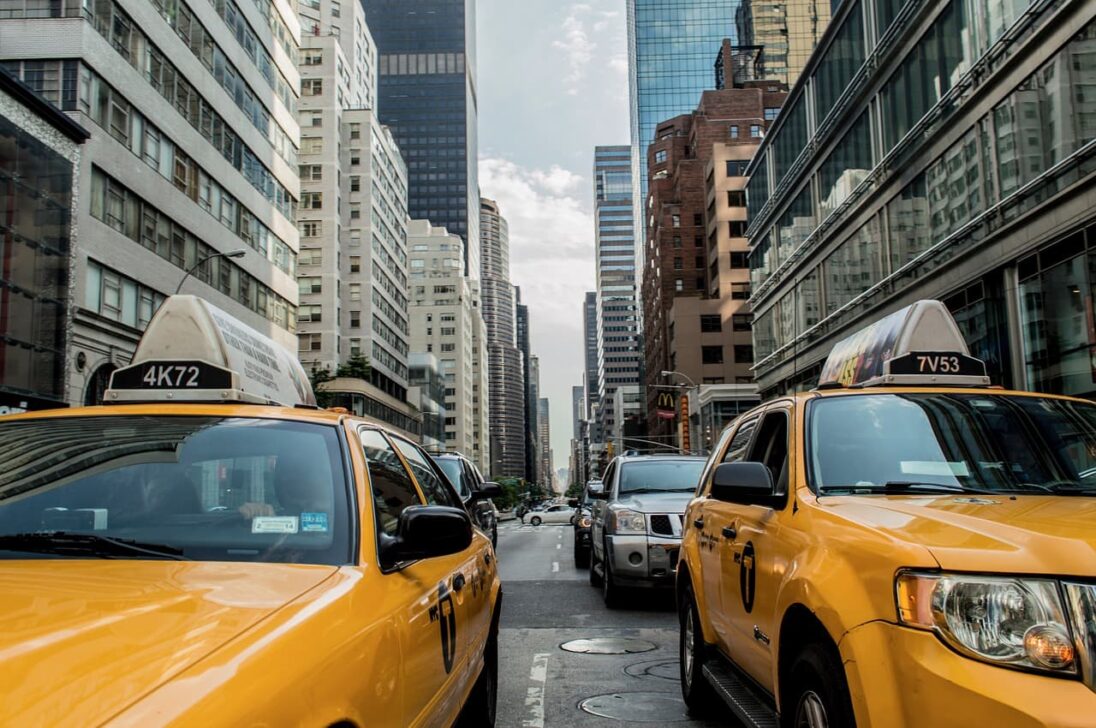One-touch of a button on a smartphone is enough to call a cab, order food, clean the apartment, drop off clothes at the laundry, park the car, ask someone to walk the pets, and even babysit the baby. With the emergence of a whole group of “on-demand” apps, users get services here and now. But if you want to know much more information about this platform, I advise you to go to this site https://faizaneraza.org where you can find much more useful information and instruction on the subject. Also, here you will find all the addresses and phone numbers of the company. And today we’re going to find out just how Uber works for the business platform.

What It Is?
Uber’s platform, which is based on a two-way business model, is very convenient. A person can simply tap a button on their smartphone and a cab will be in the right place in a very short time. By opening the Uber app, the user selects a service category, such as UberX, UberBlack, UberSUV, and specifies their location. After ordering the service, the system automatically assigns a driver to respond to the request. The customer of the service sees the name and photo of the driver, a description of the car and can use the map to calculate the approximate time of his arrival. If the demand exceeds the availability of cars, the price of the service increases sharply, and the user decides for himself, whether he should go at this time. After the trip is completed the payment is calculated automatically, and the passenger can rate the driver and provide anonymous feedback about the quality of the service.
Features of The Market
When Uber began its journey, cab markets in many countries were characterized by high prices and low customer focus. This gave the company an opportunity to compete for customers and gain market share. Getting from point A to point B is often a recurring need. So by getting a customer once, Uber was getting repeat customers, while benefiting from the network effect: the efficiency of the business model and covering costs through a growing number of customers and drivers.
How Many Other Potential Markets Boast the Same Thing?
Home cleaning, as well as some other niches, differs from on-demand transportation in an important way. The same service tends to be repeated on a regular basis, requiring the establishment of a trusting relationship between the client and the doer. They invest time to determine preferences and additional details, thereby building a knowledge base. So do both parties need to use the platform each time, investing time over and over again to schedule a new appointment and build a new relationship? Probably not.

The issue of trust is important and maybe the reason why the target audience will not give a chance to the new “Uber for X”. Will potential users trust an Uber babysitter? It’s better to think about that beforehand. Moreover, the cab service is typical. By and large, the passenger does not care what the driver looks like, what color the car is, at what speed he is driven. Not many niches boast such simplicity. Sometimes you need to feel the product before ordering, ask additional questions, choose color, material, etc. Most likely, the Uber business model won’t work in such cases.
Data
Data is taken from several archive sources. Data on congestion is from the Urban Mobility Report (UMR) provided by the Texas A&M Transportation Institute (when it comes to the US market). This report contains urban mobility information and congestion statistics for 101 urban areas in the United States from 1982 to 2014. This report is recognized as an authoritative source of information on traffic congestion and is widely used in the transportation literature. For each urban area, the UMR report takes information from Uber’s official newsroom as well as major media outlets to see if Uber is registered in an urban area. The city area traffic report is the best official data you can get for measuring traffic. To control for the possible impact of other variables, data on fuel costs, socioeconomic characteristics of urban areas, and characteristics of traffic systems from the U.S. Census Bureau and the Bureau of Economic Analysis were collected.
Uber’s Work
So far, Uber’s time of entry has been used to implement the Uber service. Despite the widespread use of the entry model in the literature, Uber’s entry may not fully reflect the actual use of the company’s services. To complement the analysis of Uber’s entry process, an alternative measure of Uber’s entry into urban areas is used: the number of Uber searches in urban areas on Google Trends. Google Trends is Google’s public web application based on Google Search. From there we get an index of the popularity of search queries. Thus, it is possible to represent the popularity of Uber in a certain urban area based on the number of search queries of the service in that area. It was previously demonstrated that Google Trends tracks economic activity (e.g., retail sales, car sales, home sales, and travel) in real-time. The Google Trends app is even more accurate in predicting sales and home prices than traditional government indicators.
That’s It!
Digital infrastructure and platforms are evolving rapidly, thanks in part to advances in mobile technology, machine learning, and artificial intelligence. The position of ride-sharing on-demand services will change dramatically in the coming years. Two major trends are now taking shape in the automotive industry: automation and vehicle sharing. It is likely that we will soon see the use of unmanned vehicles for ridesharing. And this is already happening these days. Uber and other companies are testing autonomous vehicles and looking to mass-produce and use them to replace the current fleet of drivers. The consequences of such a change will be quite sweeping, and the concept of transportation itself will change dramatically. Of course, the hardest part is predicting consumer reaction to such revolutionary technologies. At this point, it is unclear whether they will make full use of the shared transportation network, purchase private autonomous vehicles, or share these vehicles with other users. Each of these scenarios could have different implications for urban design and complicates city planning efforts for the future.
